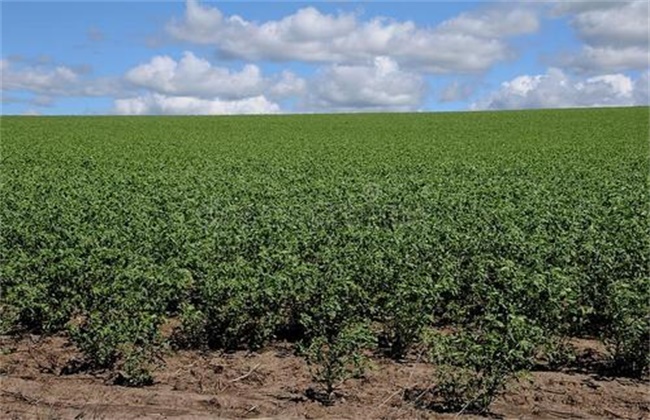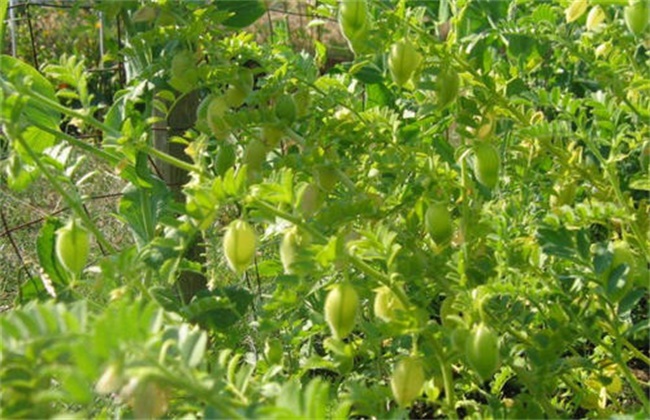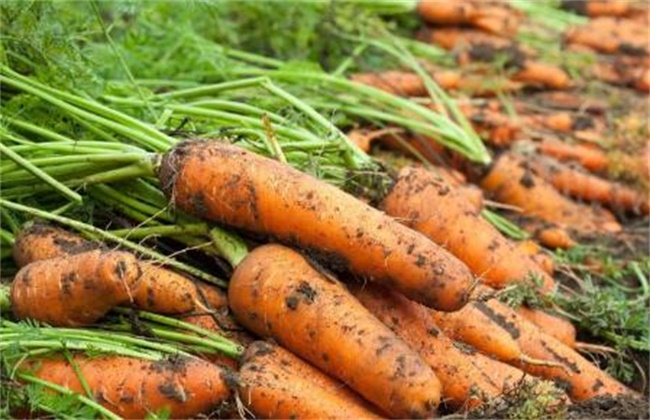Field management of chickpea
Chickpea is a leguminous plant, its grains can be ground into powder as a staple food, and tender beans and leaves can also be eaten as vegetables, so it is more popular. At present, chickpeas are mainly planted in the northwest and north of China. When growing chickpeas, if you want chickpeas to grow normally. Then management is very important. So the editor brings you the field management of chickpeas today. Let's take a look at it.

1. Suitable time vaccine
When planting chickpeas, we need to do a good job of interplanting seedlings at the seedling stage. Although the requirement of chickpea for row spacing is not very strict, its adaptability is also strong. However, compared with the erect plant type of chickpea varieties, the appropriate planting density is still very important, generally, the number of plants per square meter should be about 50 plants. If it is a dispersed variety, it should be about 33 plants per square meter. Therefore, the work of interseedling is still more important, and it is the key to provide sufficient growth space for healthy seedlings.
2. Ploughing and weeding
In the seedling stage of chickpea, its growth is relatively small, and it is easy to be robbed of nutrition by weeds. If you maintain a weed-free environment for two months after planting chickpeas, the growth rate of chickpeas is accelerated, which is very important to control the growth of weeds. Experiments have shown that it is an effective period to control the growth of weeds after chickpeas are sown for one and two months. It can also soften the surface of the soil layer and improve the soil permeability. It can also cut off the capillaries of the soil and achieve the purpose of preserving soil moisture.
3. Rational irrigation
In most areas where chickpeas are sown in winter, there is more rainfall before sowing and in the early stages of the growth of chickpeas. Soil moisture is also suitable, so it does not need to be irrigated. However, if it is sown in spring or in winter in arid areas, then the rainfall is relatively less. The growth of chickpeas is easy to lack nutrition, so we should pay attention to watering. When the chickpea has about 5 true leaves and the pod formation stage, it is the critical period for the water demand of the chickpea. Therefore, attention must be paid to watering at this time, which is also the key to ensure the high yield of chickpea.
4. Scientific fertilization
When fertilizing chickpeas, you should mainly use organic fertilizer or cake fertilizer. If the application of nitrogen fertilizer or potassium fertilizer alone, the effect is not very obvious. When applying phosphate fertilizer, the application amount should be controlled according to soil conditions and soil fertility. If the content of phosphorus in the soil is low and there are irrigation conditions, then an appropriate amount of phosphorus pentoxide can be applied per mu. Then we should also pay attention to supplement appropriate amount of molybdenum fertilizer and other trace elements, which is very beneficial to the yield of chickpea.
This is a brief introduction to the field management of chickpeas. That's all for today's introduction. This article is for reference only. I hope it can help you all.
Related
- Where is it suitable to grow horseradish in China? it is expected to see the middle altitude horseradish in Alishan.
- How to prevent tomato virus disease reasonably? (Control methods included)
- Many people like to plant towel gourd on the balcony. What are the main points of this method and management?
- What crops can chili peppers be mixed with?
- Fertilization techniques and matters needing attention in Tomato
- What are the grafting techniques for peach seedlings in spring?
- Harm and control methods of root swelling disease of Chinese cabbage
- What are the pests of sweet potatoes? How to prevent and cure it?
- Symptoms, causes and Control methods of navel Rot in Tomato
- The cause of "Cucumber rotten bibcock" in Farmers' planting Cucumber and its Control Plan



